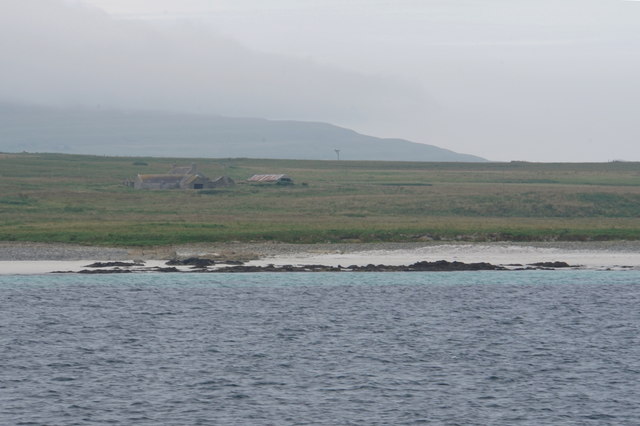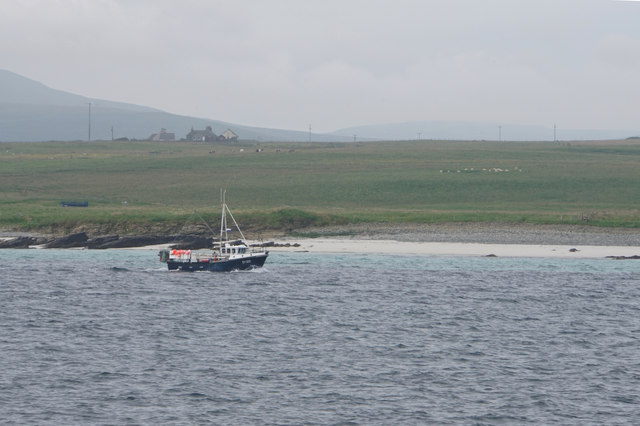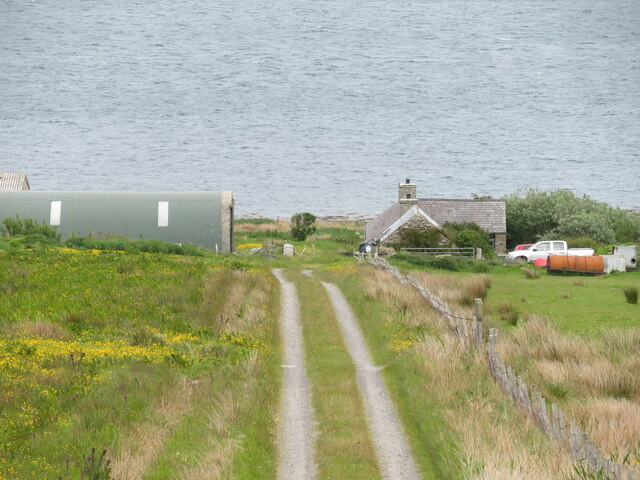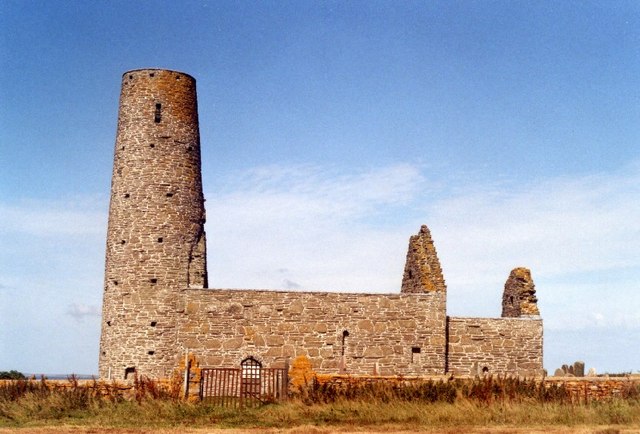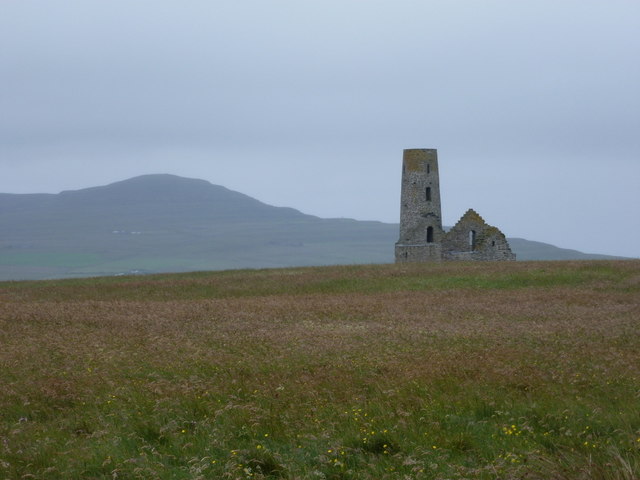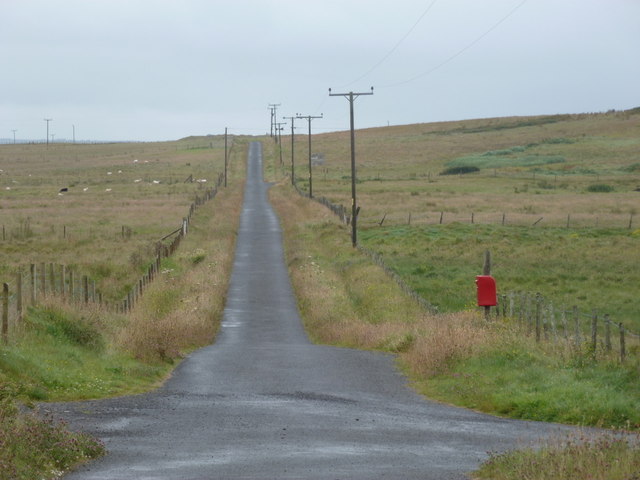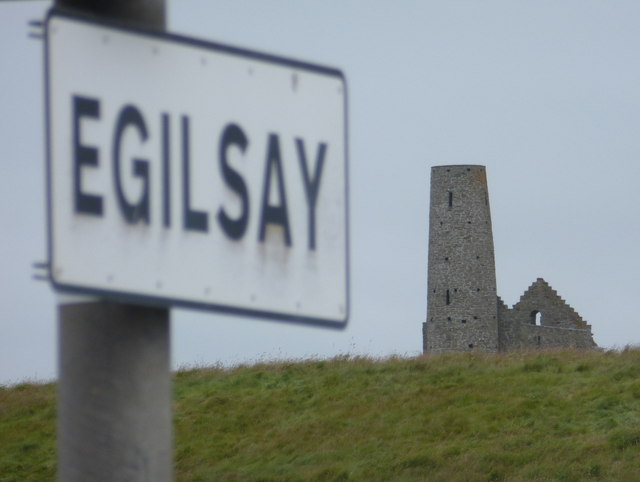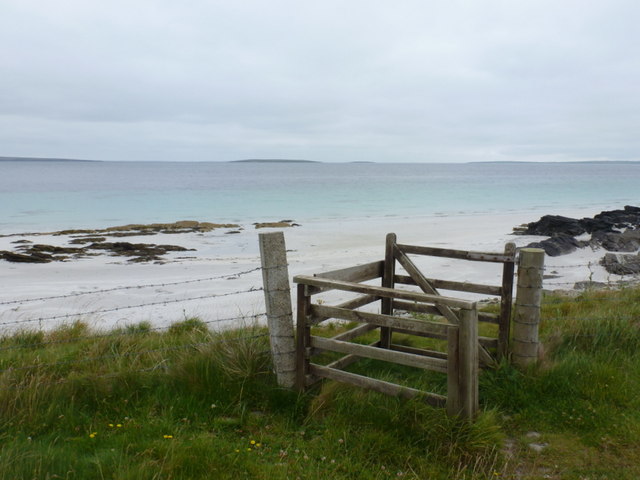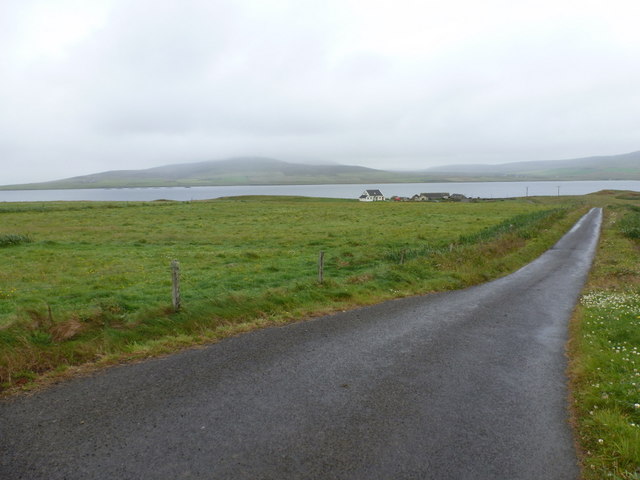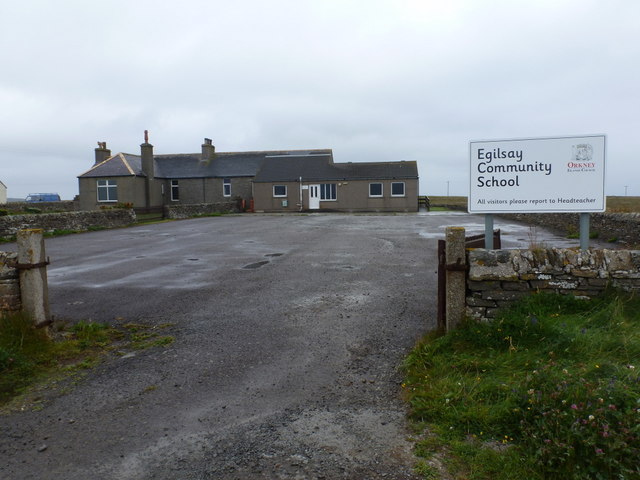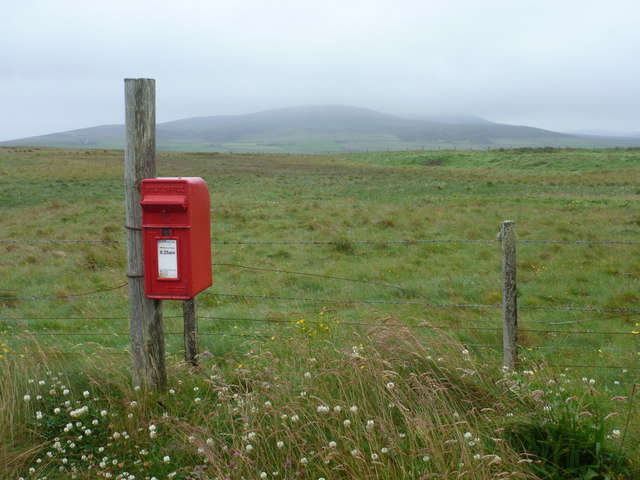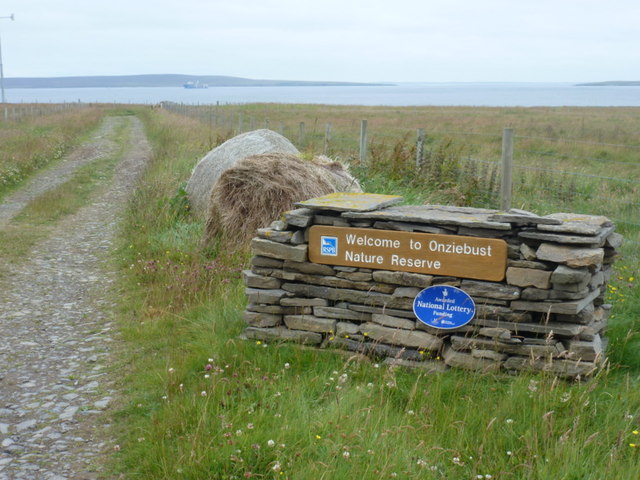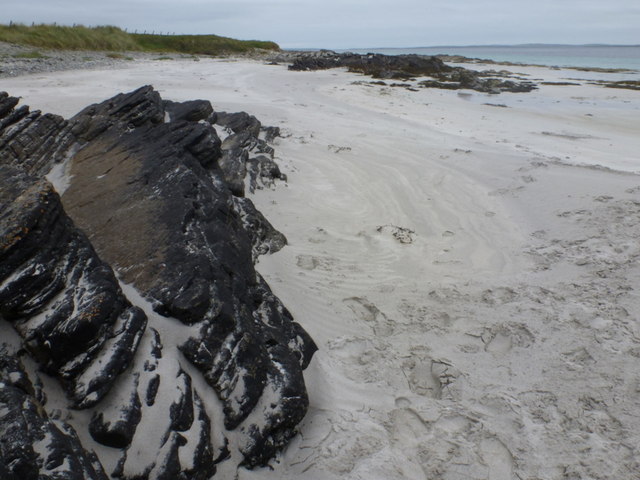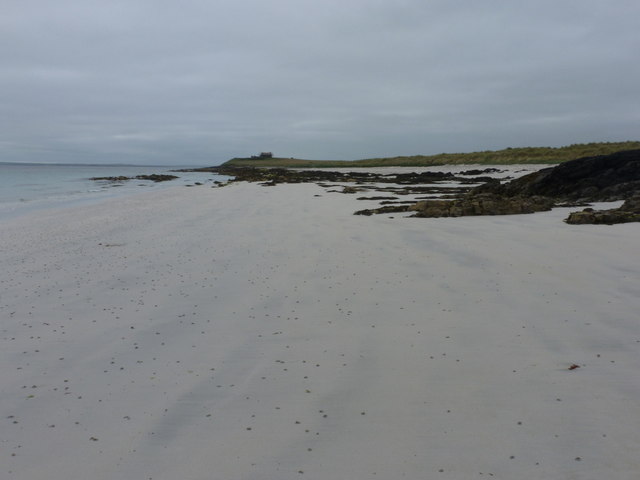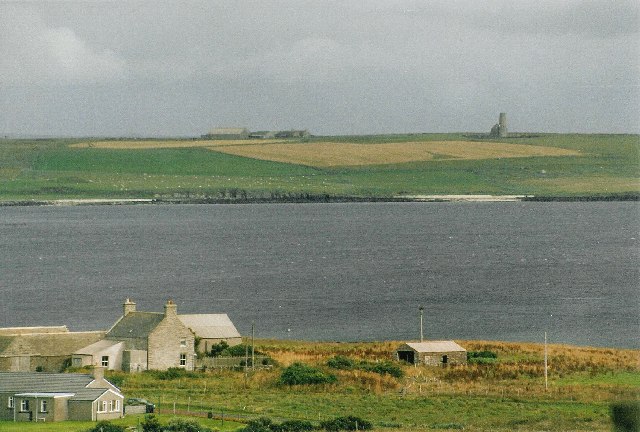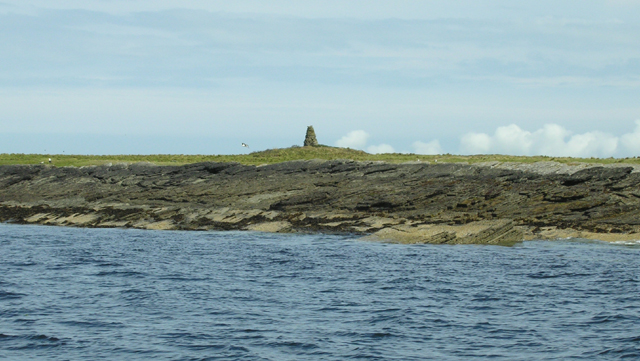Skaill Taing
Coastal Feature, Headland, Point in Orkney
Scotland
Skaill Taing

Skaill Taing is a prominent coastal feature located on the west coast of Mainland Orkney, an archipelago in the northern part of Scotland. It is situated near the village of Sandwick and is considered a significant headland or point in the region.
This coastal feature is renowned for its stunning natural beauty and dramatic cliffs that extend towards the North Atlantic Ocean. Skaill Taing offers breathtaking panoramic views of the surrounding landscape, including the nearby Bay of Skaill and the rugged coastline of Orkney.
The headland is characterized by its distinctive geological formations, which consist of sandstone and conglomerate rocks. These rocks have been shaped by centuries of erosion from wind, rain, and the relentless crashing of waves, creating intricate patterns and caves along the cliff face.
In addition to its geological significance, Skaill Taing holds historical importance as well. The area is home to several archaeological sites, including the ancient ruins of Skara Brae, a Neolithic settlement that dates back over 5,000 years. Skara Brae is a UNESCO World Heritage Site and offers a unique glimpse into the lives of the people who lived there during the Stone Age.
Skaill Taing is a popular destination for nature lovers, hikers, and history enthusiasts alike. Visitors can explore the headland on foot, enjoying the coastal trails that lead to the cliffs and offering opportunities for birdwatching and wildlife spotting. The site is also a great spot for photography, capturing the rugged beauty of Orkney's coastline and its rich cultural heritage.
If you have any feedback on the listing, please let us know in the comments section below.
Skaill Taing Images
Images are sourced within 2km of 59.155717/-2.9447428 or Grid Reference HY4630. Thanks to Geograph Open Source API. All images are credited.

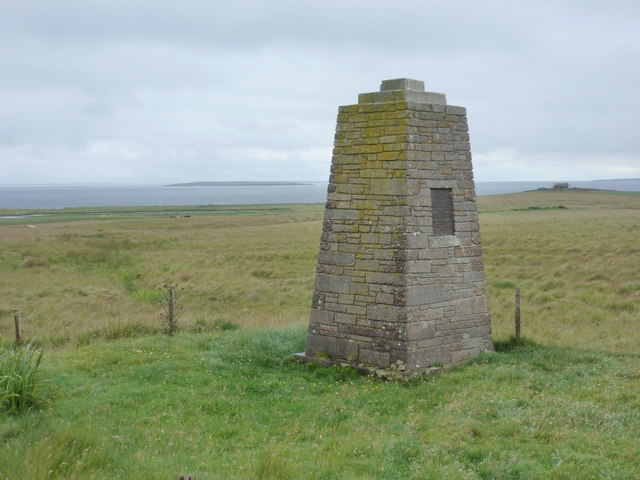
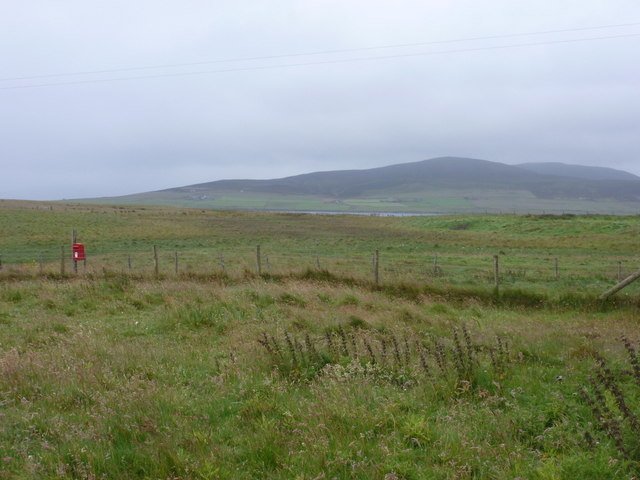
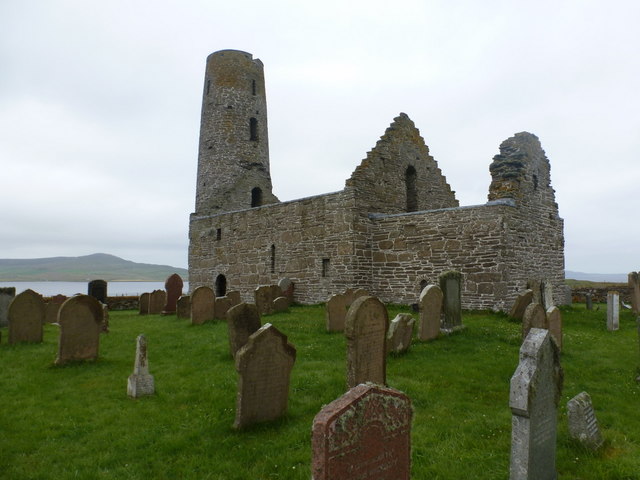
Skaill Taing is located at Grid Ref: HY4630 (Lat: 59.155717, Lng: -2.9447428)
Unitary Authority: Orkney Islands
Police Authority: Highlands and Islands
What 3 Words
///hawks.vipers.tequila. Near Brinian, Orkney Islands
Nearby Locations
Related Wikis
St Magnus Church, Egilsay
St Magnus's Church is a ruined medieval church located on the island of Egilsay, in Orkney, Scotland. The site is recognized as the place of execution...
Holm of Scockness
The Holm of Scockness is a small island in the Orkney Islands, between Rousay and Egilsay. It is currently used for grazing. Its name is Norse in origin...
Egilsay
Egilsay (, Scots: Egilsay) is one of the Orkney Islands in Scotland, lying east of Rousay. The island is largely farmland and is known for its corncrakes...
Kili Holm
Kili Holm is a tidal island in the Orkney Islands, linked to Egilsay. Unusually, like its neighbour Egilsay, it may have a partly Gaelic etymology, in...
Rinyo
Rinyo was a Neolithic settlement on Rousay in Orkney, Scotland. The site was discovered in the winter of 1837–38 on the lands of Bigland Farm in the north...
Brinian
Brinian is a village on the island of Rousay, in Orkney, Scotland. Trumland is situated to the west of the village, with Taversöe Tuick nearby. Brinian...
Trumland
Trumland is a Category B listed house and associated estate on Rousay, in Orkney, Scotland, built in its present form in the 1870s. Designed by David...
St. Mary's Chapel, Wyre
St. Mary's Chapel is a ruined 12th century chapel found on the island of Wyre, in Orkney, Scotland. It is thought to have been built by a Norse chieftain...
Nearby Amenities
Located within 500m of 59.155717,-2.9447428Have you been to Skaill Taing?
Leave your review of Skaill Taing below (or comments, questions and feedback).
